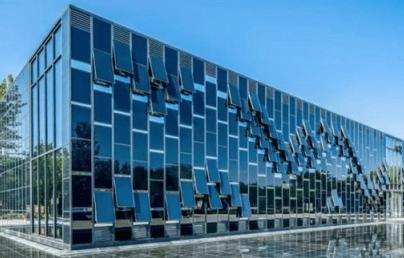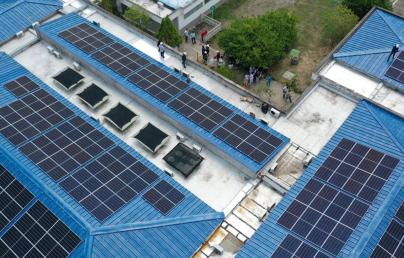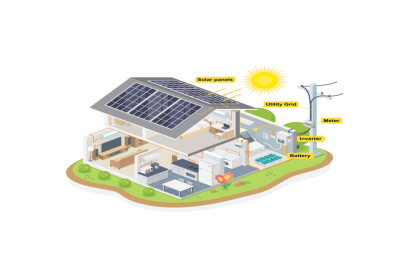
Energy-Efficient Ways to Design for Comfort in Humid Climates
Energy-Efficient Ways to Design for Comfort in Humid Climates
People can improve their indoor air quality and reduce humidity by using energy-efficient design features. Creating humidity-resistant homes is essential as the global precipitation rate rises.
Steamy summer weather creates residential maintenance challenges. People struggle to ventilate their homes without increasing indoor humidity levels. They can utilize natural cross ventilation when it’s dry outside, but opening windows and doors during downpours is a bad idea.
People can improve their indoor air quality and reduce humidity by using energy-efficient design features. Creating humidity-resistant homes is essential as the global precipitation rate rises.
Climate Change and Humidity
Earth’s temperature is rising and altering the water cycle. Some regions experience prolonged droughts, while others face greater precipitation. Warmer oceans and air temperatures increase the quantity of water evaporating. The rising evaporation rate increases rain and snowfall, which creates residential (...)

